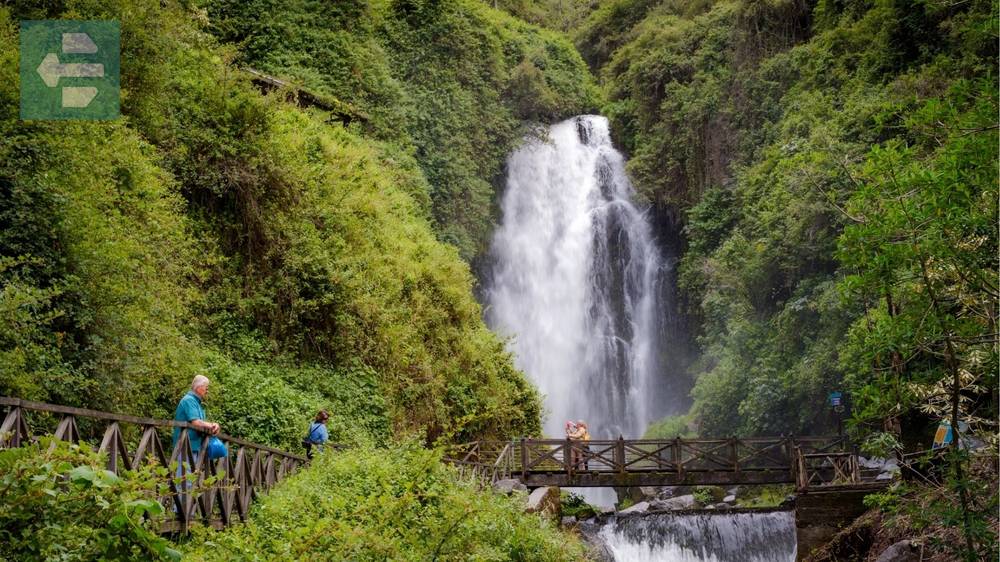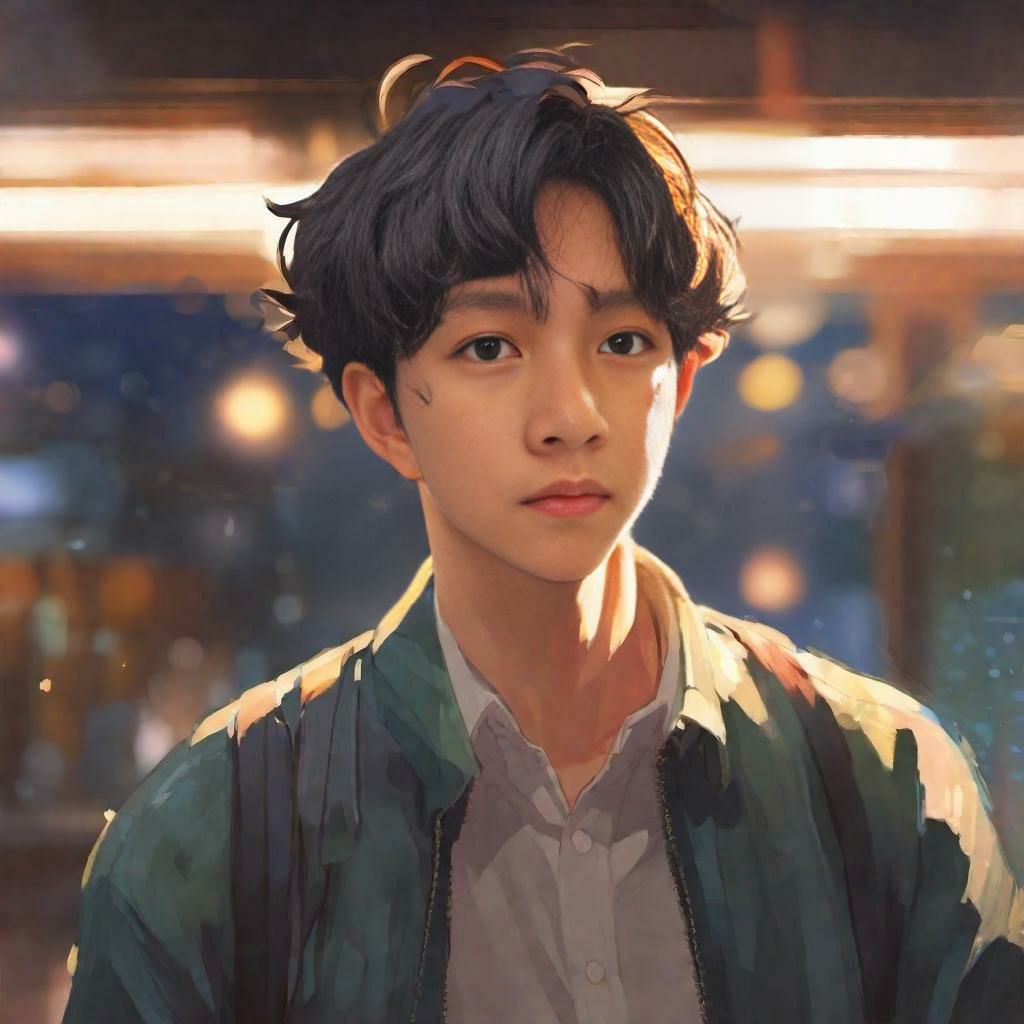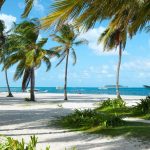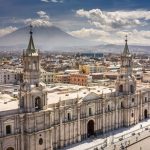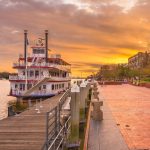Ecuador offers extraordinary diversity within its compact borders, from volcanic peaks to pristine beaches and ancient cloud forests. The best places to visit in Ecuador include the Galapagos Islands, colonial Quito, charming Cuenca, and the adventure hub of Banos.
Keep reading as we explore Ecuador's most remarkable destinations that will transform your South American adventure into an unforgettable journey.
List of Contents
- 1. Galapagos Islands: Darwin's Living Laboratory
- 2. Quito: Two Cities in One
- 3. Cuenca: Colonial Grace
- 4. Banos: Adventure's Gateway
- 5. Otavalo: Saturday's Children
- 6. Cotopaxi National Park: Perfect Cone
- 7. Amazon Rainforest: Green Cathedral
- 8. Mindo: Cloud Forest Sanctuary
- 9. Quilotoa Loop: Crater Lake Circuit
- 10. Ingapirca: Inca Stones
- 11. Guayaquil: Pacific Gateway
- 12. Montanita: Surf and Sand
1. Galapagos Islands: Darwin's Living Laboratory
The Galapagos Islands float 600 miles off Ecuador's coast like scattered emeralds on blue silk. Here, animals show no fear of humans—a reminder of what the world was like before we learned to be afraid of each other.
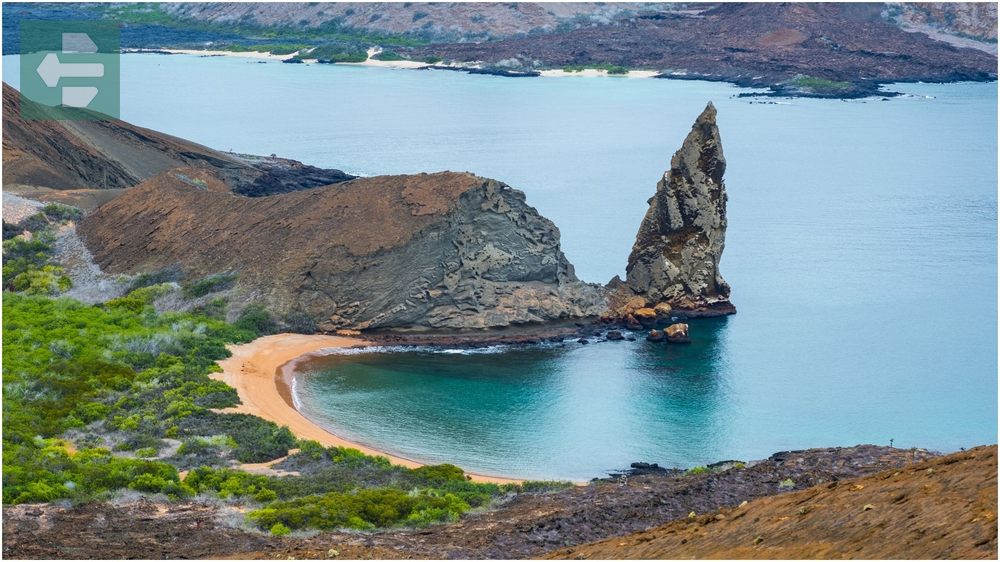
I watched a blue-footed booby perform its awkward mating dance just three feet away, completely unbothered by my presence. That moment taught me more about trust than any book ever could.
The islands operate on their own timeline. Giant tortoises lumber past like ancient philosophers, while marine iguanas sunbathe on volcanic rocks, occasionally sneezing salt from their nostrils.
Quick Facts:
- Peak Season: June-August, December-January
- How to Get There: Fly from Quito or Guayaquil to Baltra or San Cristobal
- Entrance Fee: From $100 park fee + $20 transit card
- Suggested Stay: 4-8 days
- Key Islands: Santa Cruz, Isabela, San Cristobal, Española
2. Quito: Two Cities in One
Quito stretches along a narrow valley at 9,350 feet, making it the world's second-highest capital. The city divides cleanly between colonial Old Town and modern New Town—two different centuries separated by a few miles of cobblestone.

In Old Town, churches outnumber coffee shops. The Basílica del Voto Nacional's towers offer views that stretch from the Andes to the horizon, but the climb tests your lungs at this altitude.
Local tip: Take the TelefériQo cable car at sunrise. The city wakes up slowly below while Pichincha volcano looms beside you, its peaks often crowned with morning clouds.
Quick Facts:
- Peak Season: June-September
- How to Get There: International flights to Mariscal Sucre Airport
- Entrance Fee: Most sites $2-5
- Suggested Stay: 2-4 days
- Key Areas: Old Town, La Mariscal, TelefériQo, Mitad del Mundo
3. Cuenca: Colonial Grace
Cuenca earns its UNESCO status through understated elegance rather than grand gestures. Red-tiled roofs cascade down hillsides while three rivers wind through the city center, their banks lined with colonial mansions turned into art galleries and cafes.

The flower market at Plaza San Francisco blooms with color every morning. Women in traditional dress sell roses, orchids, and lilies while church bells mark the passing hours.
Walk the cobblestone streets at dusk when golden light catches the cathedral domes and locals emerge for their evening paseos. This is Ecuador's most livable city.
Quick Facts:
- Peak Season: June-September
- How to Get There: Fly to Cuenca Airport or 8-hour bus from Quito
- Entrance Fee: Most sites free-$3
- Suggested Stay: 2-3 days
- Key Sites: Historic Center, New Cathedral, Museo Pumapungo, Turi Viewpoint
4. Banos: Adventure's Gateway
Banos sits in a valley surrounded by waterfalls and volcanic peaks, earning its nickname as Ecuador's adventure capital. The town thermal springs provide relief after days of hiking, biking, and canyon swinging.
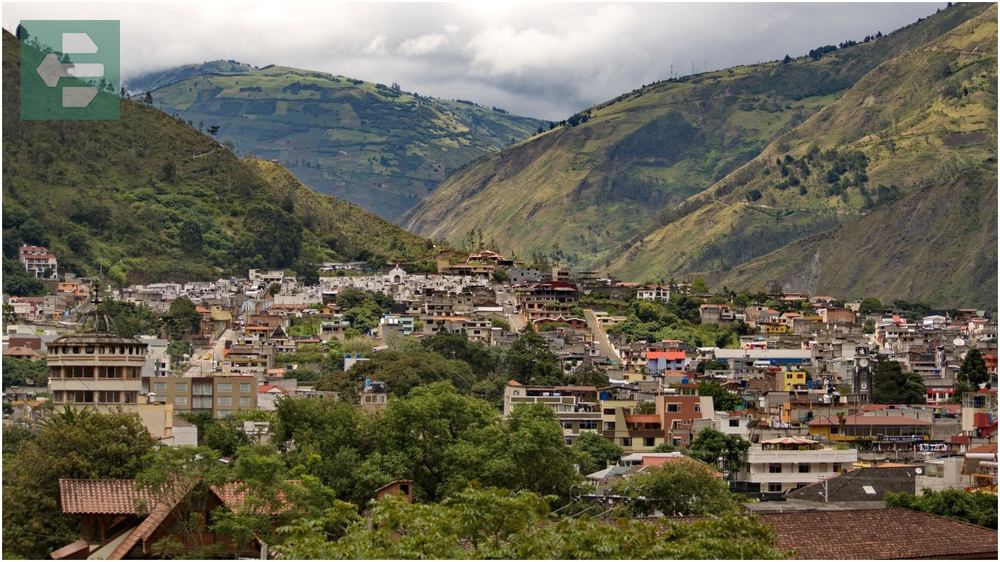
The Casa del Arbol swing hangs from a treehouse perched on a cliff edge. Swinging out over the valley with Tungurahua volcano as your backdrop creates a moment of pure flight.
Route of the Waterfalls stretches 25 kilometers through cloud forest, passing dozens of cascades including the thundering Pailon del Diablo. Rent a bike and stop whenever something catches your eye.
Quick Facts:
- Peak Season: June-September
- How to Get There: 3-hour bus from Quito
- Entrance Fee: Activities $5-15
- Suggested Stay: 2-4 days
- Key Activities: Casa del Arbol, Pailon del Diablo, thermal baths, canyoning
5. Otavalo: Saturday's Children
Saturday transforms Otavalo into Ecuador's most vibrant market town. Indigenous families descend from surrounding villages carrying textiles woven on backstrap looms, their patterns unchanged for centuries.
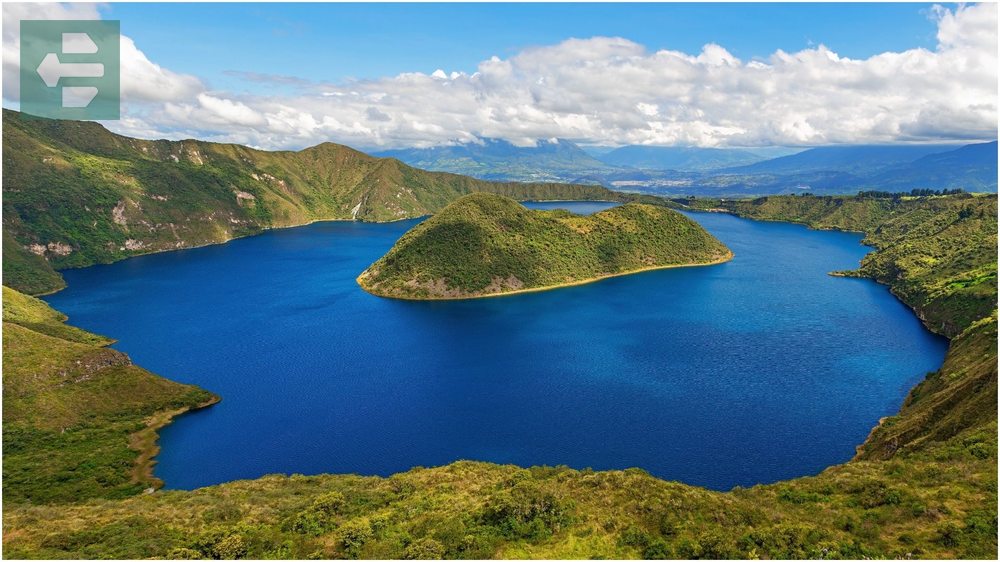
You smell the market before you see it—wood smoke from cooking fires, fresh bread, and the earthy scent of wool dyed with natural pigments. Negotiating becomes an art form practiced with smiles and broken Spanish.
The market spills from Plaza de Ponchos into surrounding streets. Local women wear intricate gold beads and embroidered blouses while men sport single long braids and white pants.
Quick Facts:
- Peak Season: Year-round (Saturday market)
- How to Get There: 2-hour bus from Quito
- Entrance Fee: Free
- Suggested Stay: 1-2 days
- Key Sites: Saturday market, Laguna Cuicocha, Peguche Waterfall, nearby villages
6. Cotopaxi National Park: Perfect Cone
Cotopaxi rises 19,347 feet in an almost perfect volcanic cone, its glaciated summit visible from Quito on clear days. The mountain dominates the landscape like a sleeping giant wrapped in eternal snow.

The páramo ecosystem surrounding Cotopaxi feels like another planet—high-altitude grassland where wild horses roam free and condors ride thermal currents. At 12,000 feet, every breath reminds you how thin the air becomes.
Hiking to Refugio Jose Rivas at 15,953 feet tests your acclimatization. The final summit push requires technical climbing gear and starts at midnight to avoid afternoon weather.
Quick Facts:
- Peak Season: June-September
- How to Get There: 90-minute drive from Quito
- Entrance Fee: From $10
- Suggested Stay: 1-2 days
- Key Sites: Laguna Limpiopungo, Refugio Jose Rivas, paramo trails
7. Amazon Rainforest: Green Cathedral
Ecuador's Amazon region covers nearly half the country yet feels like entering another world entirely. Rivers become highways while bird calls replace car horns as the dominant soundtrack.
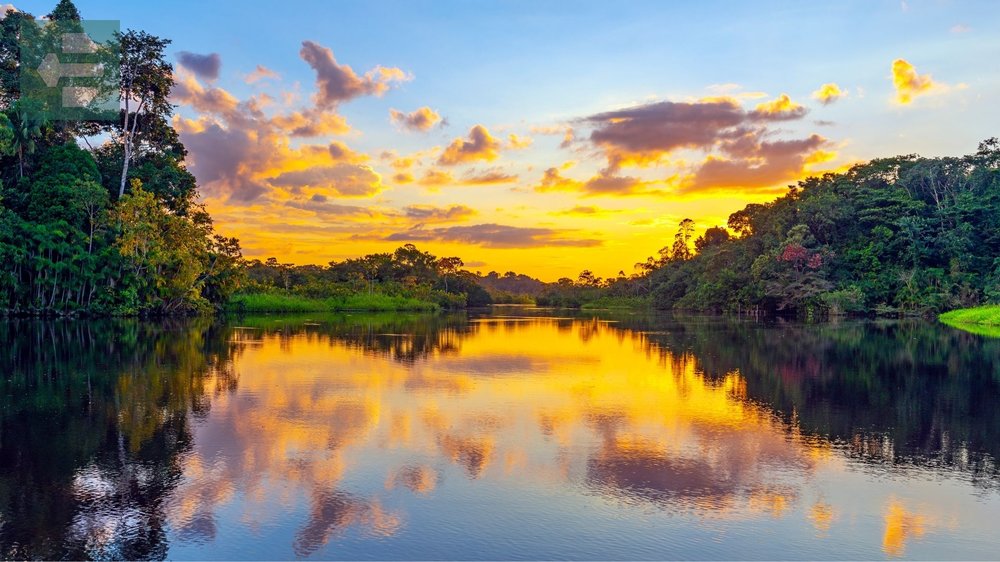
From Coca, motorized canoes navigate chocolate-colored rivers deeper into primary rainforest. Your guide spots wildlife you would never notice—poison dart frogs no bigger than your thumbnail, sloths moving so slowly they disappear between glances.
Night sounds intensify after dark. Insects, frogs, and monkeys create a symphony that modern cities have forgotten. Sleeping in jungle lodges means accepting you are a guest in someone else's home.
Quick Facts:
- Peak Season: June-September
- How to Get There: Fly to Coca, then boat transfer
- Entrance Fee: Included in lodge packages
- Suggested Stay: 3-5 days
- Key Areas: Yasuni National Park, Cuyabeno Reserve, Napo River
8. Mindo: Cloud Forest Sanctuary
Mindo nestles in cloud forest two hours northwest of Quito, where mist drifts between trees and over 500 bird species call the canopy home. This is where serious birdwatchers come to add rare species to their life lists.

The town feels deliberately small—a few streets, family-run hostels, and restaurants serving fresh trout from mountain streams. Zip lines connect forest platforms while chocolate tours reveal how cacao becomes confection.
I spent an entire morning watching a single hummingbird feeder, counting 12 different species including the tiny bee hummingbird that weighs less than a penny.
Quick Facts:
- Peak Season: Year-round
- How to Get There: 2-hour bus from Quito
- Entrance Fee: Activities $5-20
- Suggested Stay: 2-3 days
- Key Activities: Birdwatching, zip lining, chocolate tours, butterfly gardens
9. Quilotoa Loop: Crater Lake Circuit
The Quilotoa Loop connects indigenous villages through high-altitude landscapes where the horizon stretches endlessly. The centerpiece is Quilotoa crater lake—a turquoise gem set in volcanic rock at 12,841 feet.

This multi-day trek between villages like Sigchos, Chugchilan, and Isinlivi offers glimpses of rural life unchanged for generations. Families still use llamas for transport and grow quinoa on impossibly steep slopes.
The rim walk around Quilotoa crater takes three hours through thin air that makes every step deliberate. Descending to the lake takes 30 minutes; climbing back up takes an hour.
Quick Facts:
- Peak Season: June-September
- How to Get There: Bus from Latacunga
- Entrance Fee: $2
- Suggested Stay: 2-4 days
- Key Villages: Quilotoa, Chugchilan, Isinlivi, Sigchos
10. Ingapirca: Inca Stones
Ingapirca stands as Ecuador's most important archaeological site—the northernmost major Inca ruins in South America. The stone temple complex demonstrates the precision that built an empire stretching from Colombia to Chile.

The Incas conquered this site from the Cañari people around 1470, adding their distinctive stonework to existing foundations. No mortar holds these walls together—only engineering and gravity.
Visit during June solstice when the sun aligns perfectly with temple doorways, revealing astronomical knowledge carved in stone. The surrounding countryside still supports indigenous communities whose ancestors witnessed the Spanish arrival.
Quick Facts:
- Peak Season: June-September
- How to Get There: 2-hour bus from Cuenca
- Entrance Fee: From $2
- Suggested Stay: Half day
- Key Sites: Temple complex, museum, surrounding villages
11. Guayaquil: Pacific Gateway
Guayaquil sprawls along the Guayas River as Ecuador's largest city and economic engine. The regenerated Malecón 2000 riverfront transforms what was once a rough port area into a pleasant walking district with gardens and river views.

Las Peñas neighborhood climbs Cerro Santa Ana in a riot of colorful houses and art galleries. The 444-step climb to the lighthouse tests your cardiovascular fitness while rewarding effort with panoramic city views.
Iguana Park lives up to its name—dozens of green iguanas bask in trees and on benches while city life continues around them. These prehistoric-looking reptiles have claimed the urban space as their own.
Quick Facts:
- Peak Season: June-November (dry season)
- How to Get There: International flights or 8-hour bus from Quito
- Entrance Fee: Most sites free
- Suggested Stay: 1-2 days
- Key Areas: Malecón 2000, Las Peñas, Iguana Park, downtown
12. Montanita: Surf and Sand
Montanita transforms from sleepy fishing village to surf party central depending on the swell and season. The beach break produces consistent waves while the town maintains a laid-back vibe that attracts backpackers and surfers from around the world.

The main street fills with hostels, restaurants, and bars that serve fresh ceviche and cold beer. Hammocks hang between palm trees while beach volleyball games stretch into sunset.
Surf lessons happen year-round, but the biggest waves arrive between December and April. Even non-surfers enjoy the beach energy and some of Ecuador's best seafood.
Quick Facts:
- Peak Season: December-April (surf), June-September (weather)
- How to Get There: 3-hour bus from Guayaquil
- Entrance Fee: Free
- Suggested Stay: 2-4 days
- Key Activities: Surfing, beach relaxation, nightlife, seafood
Ecuador rewards the curious traveler with experiences that span from Darwin's islands to Inca ruins to pristine rainforest. Each destination offers a different lens through which to view this remarkable country.
The best places to visit in Ecuador create memories that outlast photographs. Whether you seek adventure, culture, or simply the chance to witness landscapes that exist nowhere else on earth, Ecuador delivers with an intimacy that larger countries cannot match.
Pack light but dream big. Ecuador awaits your discovery.
